The Colombian military is struggling with the issue of payments for repairs to Mi-17 helicopters contracted by National Air Services Company SA (NASC SA). Unfortunately, these agreements have been suspended due to the entity’s inability to receive payments, amid sanctions imposed on Russia. Specifically, this involves the blockade of the Swift payment system, which has led to NASC SA being placed on the “Clinton list”.
According to available Spanish sources, Colombia has about 20 Mi-17 helicopters in its arsenal. However, only nine are ready to fly, another nine are in storage, and the remaining two are reserved for scrapping for spare parts. Between 1996 and 2009, Colombia purchased a total of 26 Mi-17 helicopters from the Russian Federation. Current expectations are that these helicopters can remain in service until around 2026-2027.
There are two main issues that arise from this event.
First, in the winter of 2023, the US offered to countries operating Soviet-era aircraft like Colombia to sell them to the US, to aid Ukraine. However, Colombia and other countries in Latin America rejected the offer and chose to keep their helicopters. As a result, the Colombian Army is currently having trouble maintaining this type of equipment.
The second problem is that the company contracted to repair Colombia's Mi-17 aircraft is in the crosshairs of sanctions against Russia.
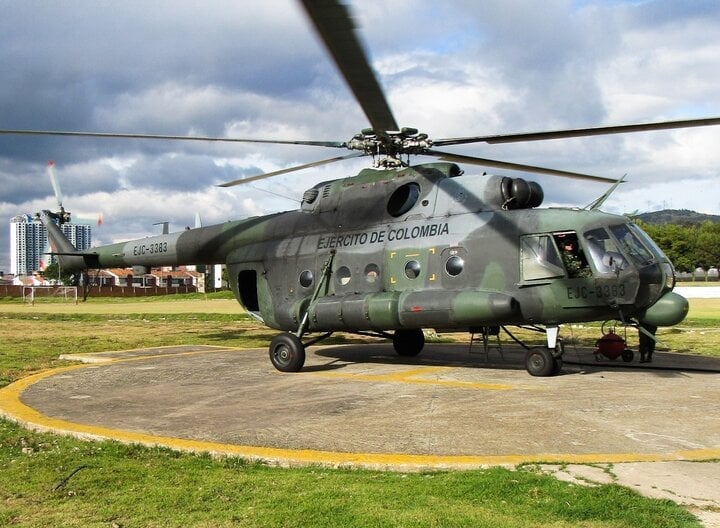
Colombian Mi-17 helicopter.
“Clinton List”
The “Clinton List” is not a new concept and has no particular connection to the ongoing conflict in Ukraine. This “black list” includes all forces and organizations that are subject to Western sanctions, including those involved in the conflict in Ukraine.
The list first appeared during President Bill Clinton’s presidency. Its creation was largely due to the complexities surrounding Russia’s relationship with Iran. The Clinton administration imposed sanctions on a number of Russian companies for their involvement in Iran’s nuclear and missile programs. The primary purpose of these sanctions was twofold: to prevent Russian companies from engaging in sensitive activities and to push the Kremlin to establish a robust system of controls to limit the export of Soviet-era weapons.
Let’s go back to the mid-1990s. The US government successfully persuaded Moscow to stop exporting centrifuge enrichment equipment to Iran. Threats of sanctions on Russian companies forced Russia to back down.
During the George W. Bush presidency, Russian arms exports to Iran saw a dramatic decline, from $201 million annually to just $18 million in 2007. This dramatic drop coincided with an escalation of U.S. sanctions against the Middle Eastern country. The U.S. also stepped up efforts to persuade foreign governments to limit their dealings with Iran.
The effectiveness of sanctions
When it comes to the conflict in Ukraine, the scope of sanctions imposed on Russia is significantly broader. The sanctions imposed by the US and the EU related to Ukraine are not isolated measures but part of a comprehensive strategy. This approach includes diplomatic pressure, efforts to reduce the conflict through the Minsk agreements, and increased military activity by NATO members to deter Russian military actions.
These sanctions, in addition to focusing on the Russian economy , also target individuals including Russian officials and businessmen with close ties to the Kremlin. They are designed to have immediate and lasting effects while keeping collateral damage to the global financial system and the economies of the United States and EU countries to a minimum.
However, the effectiveness of these sanctions has so far been rather ambiguous. The Organization for Security and Cooperation in Europe (OSCE), which monitors the Minsk ceasefire, reports that Russia continues to transfer weapons and personnel to Ukraine on a daily basis. From this perspective, it seems that the current sanctions against Russia are having little effect.
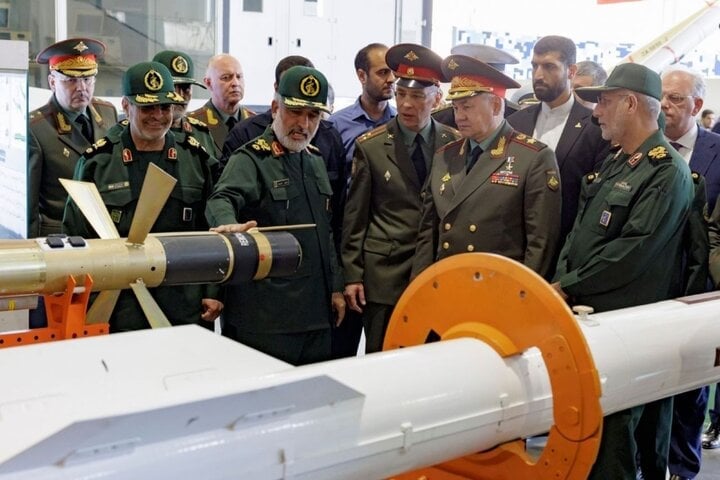
Defense cooperation between Iran and Russia.
Mi-17 helicopter
The Mi-17 helicopter, also known as the Mi-8M in Russia, is a medium-class twin-engine transport helicopter that can also operate as a combat aircraft when equipped with weapons. It was manufactured by the Mil Helicopter Plant and entered service in 1975. Used by many countries around the world, the Mi-17 is famous for its durability and performance.
The Mi-17 is quite large. It is 18.465 meters long and 4.76 meters high. The diameter of the main rotor and rotor blades is 21.25 meters, giving the helicopter a very good lift. The Mi-17 is praised for its versatility and performance. It can carry up to 36 soldiers or 12 stretchers with medical personnel in the cabin. In addition, it can carry an internal load of 4,000 kg or 4,500 kg on external slings. The Mi-17 helicopter has a maximum take-off weight of 13,000 kg.
The Mi-17's propulsion is provided by two Klimov TV3-117MT turboshaft engines, each developing 1,900 horsepower. These powerful engines allow the helicopter to reach a top speed of 250 km/h and maintain a cruising speed of 225 km/h.
Combat capabilities of the Mi-17
The Mi-17's range is impressive. It can fly up to 495 km without additional fuel tanks. However, with the use of external fuel tanks, the Mi-17's range can be extended to 1,065 km. Its service ceiling, or the maximum altitude at which the helicopter can fly, is 6,000 meters.
In terms of weapons, the Mi-17 can be equipped with a variety of weapons depending on the mission. These can include machine guns, rockets and anti-tank guided missiles. In addition, the helicopter can also carry a 23mm cannon in the turret under the nose.
The Mi-17's combat capabilities are quite diverse. It can perform a variety of roles, including troop transport, fire support, convoy escort, patrol and search and rescue. Its rugged design and powerful engines allow it to operate in a variety of conditions, from hot, mountainous environments to Arctic conditions.
Source


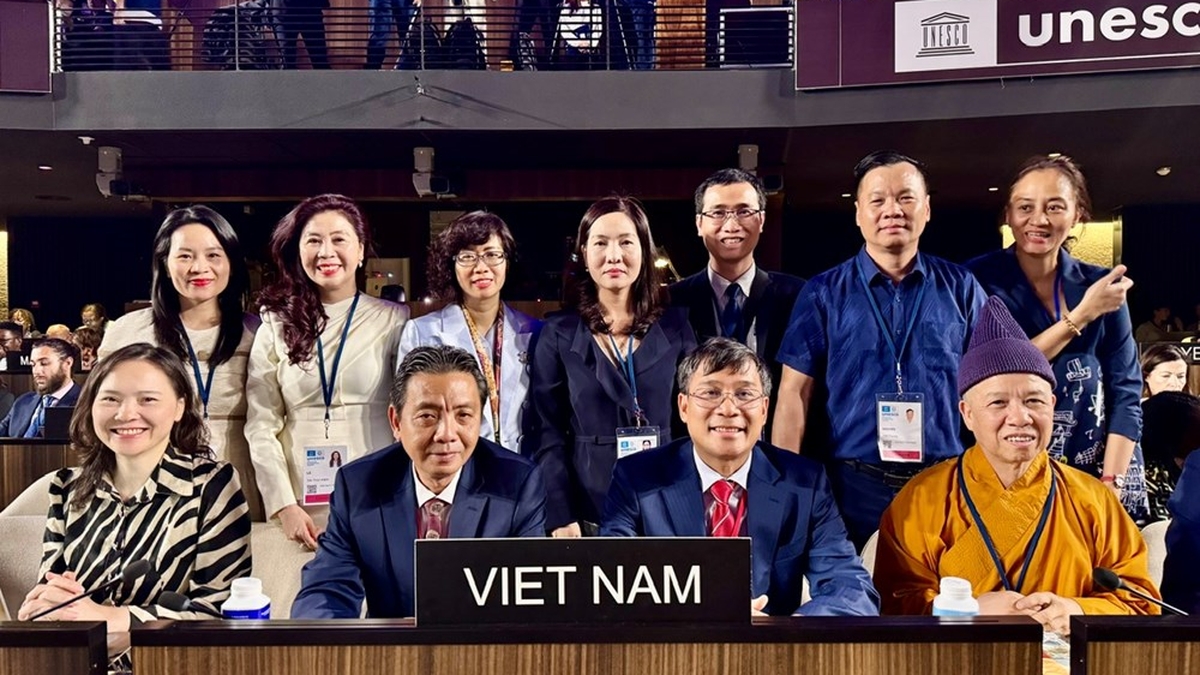




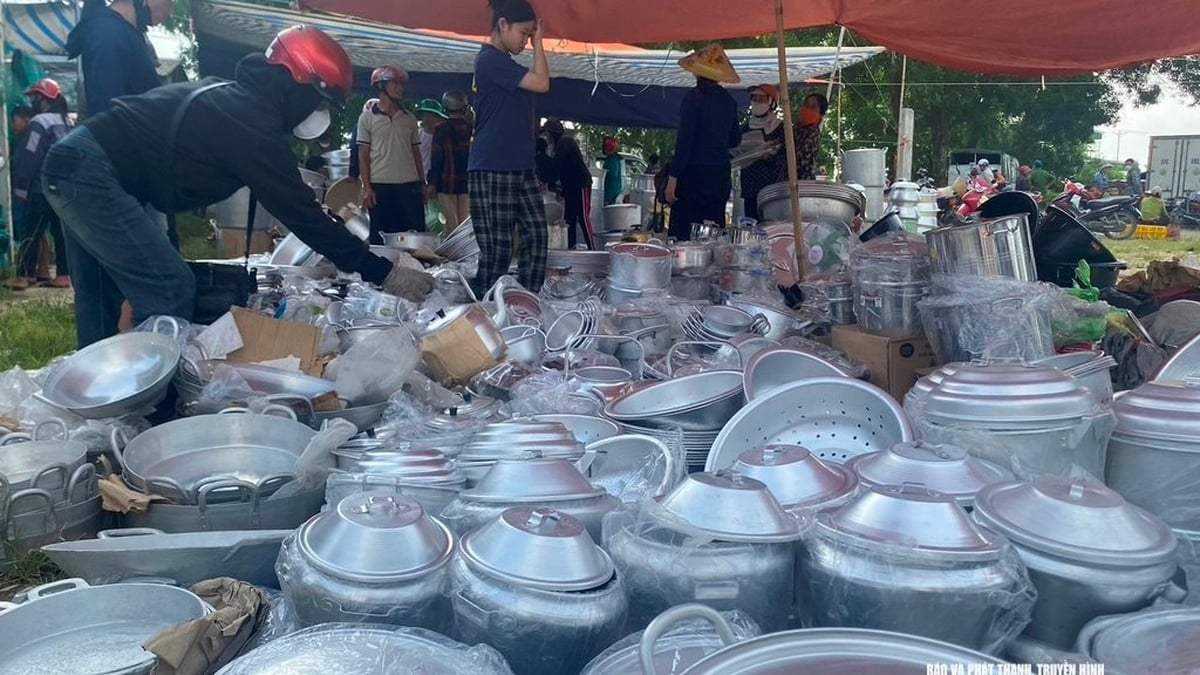















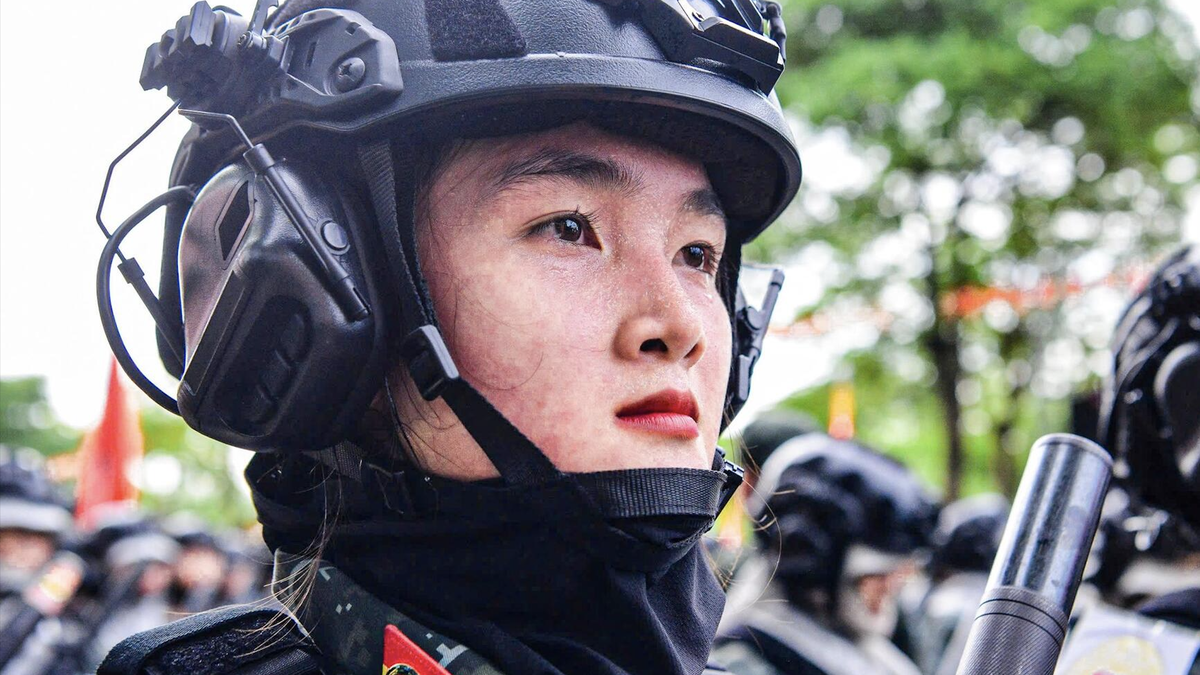
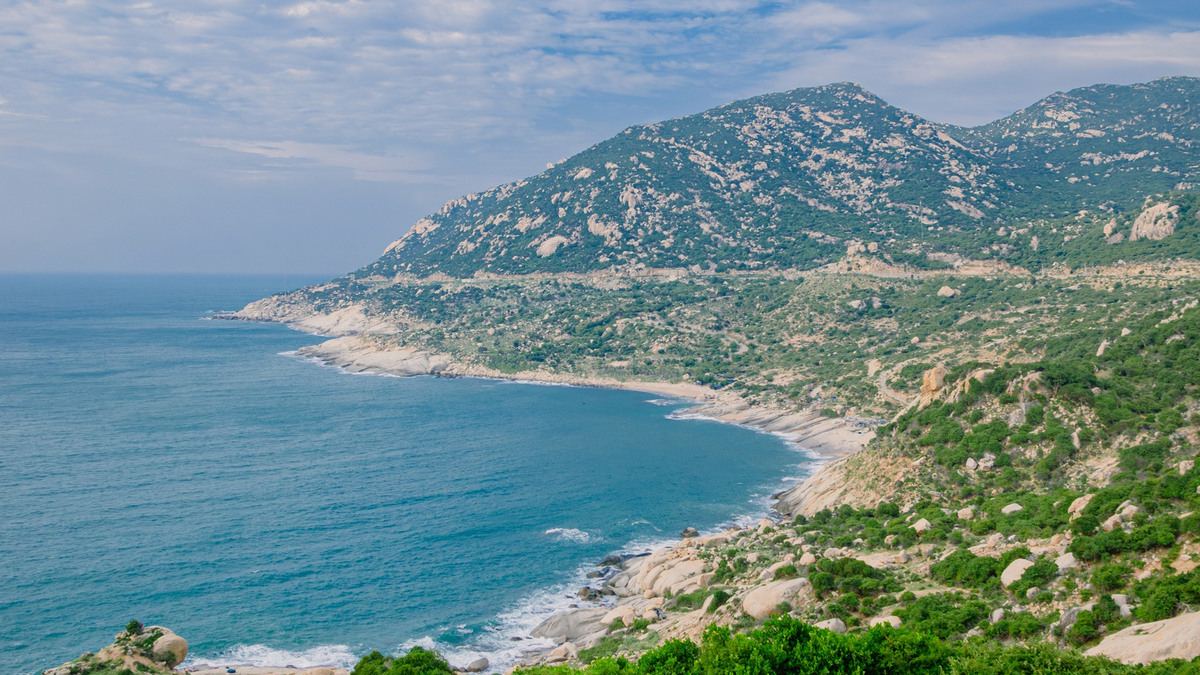
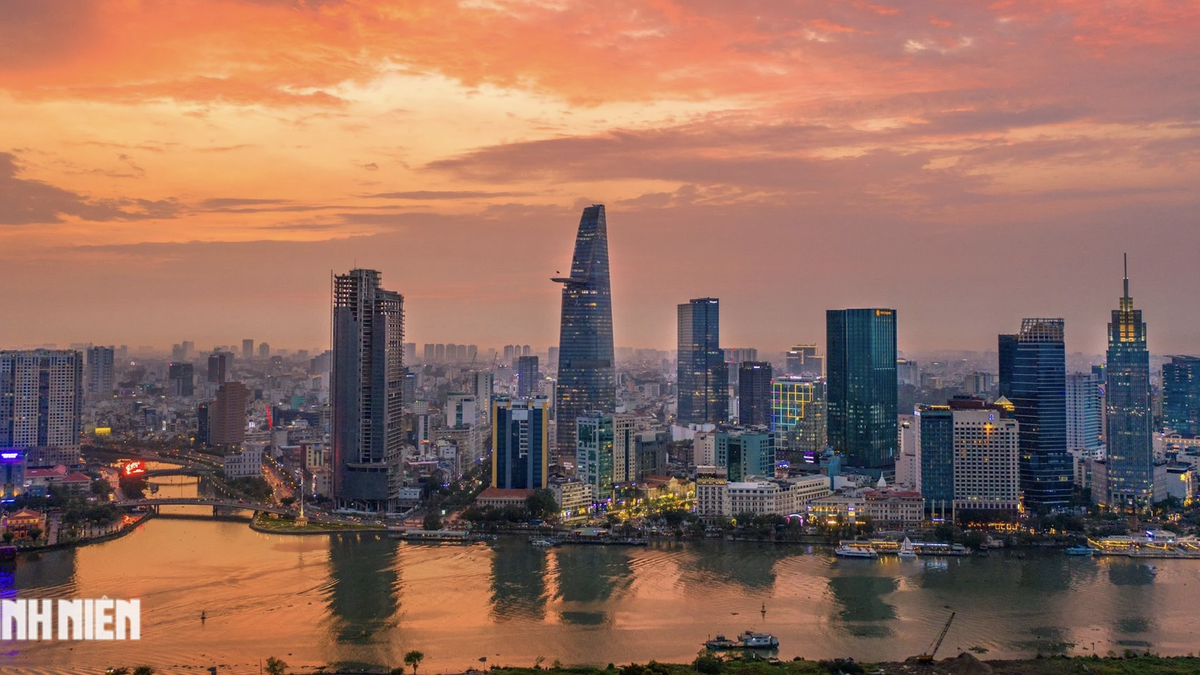

























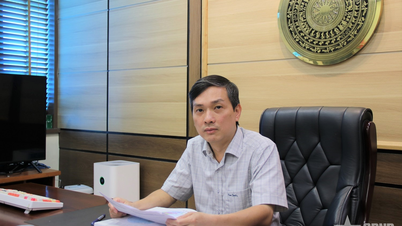







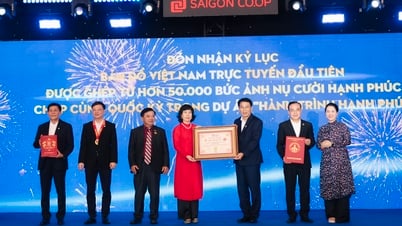






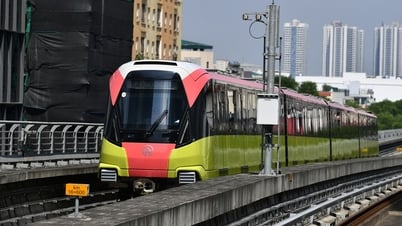
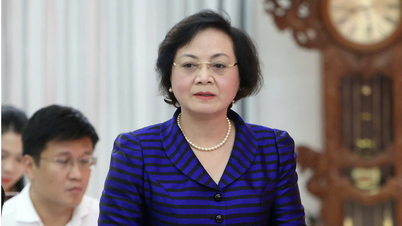








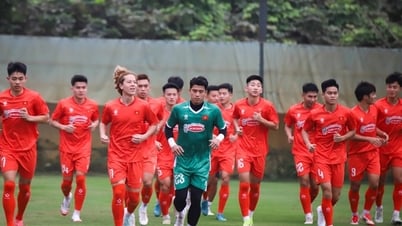




















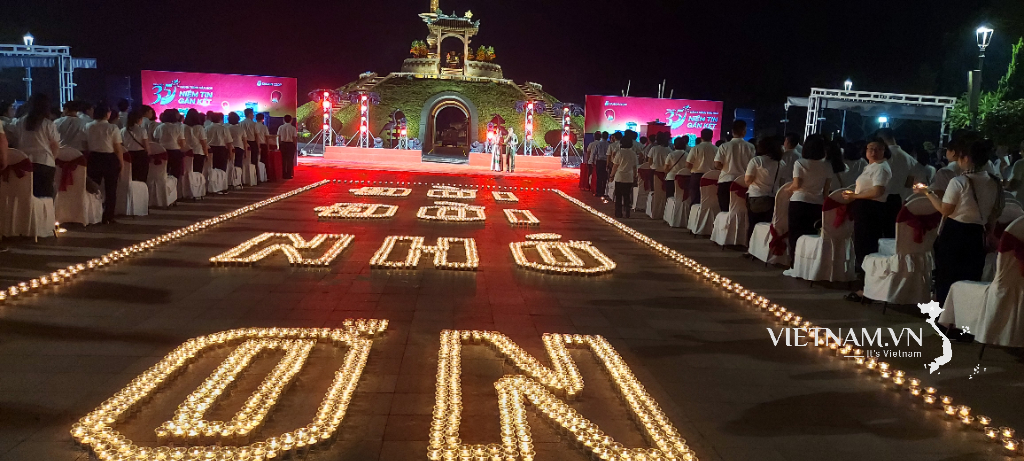
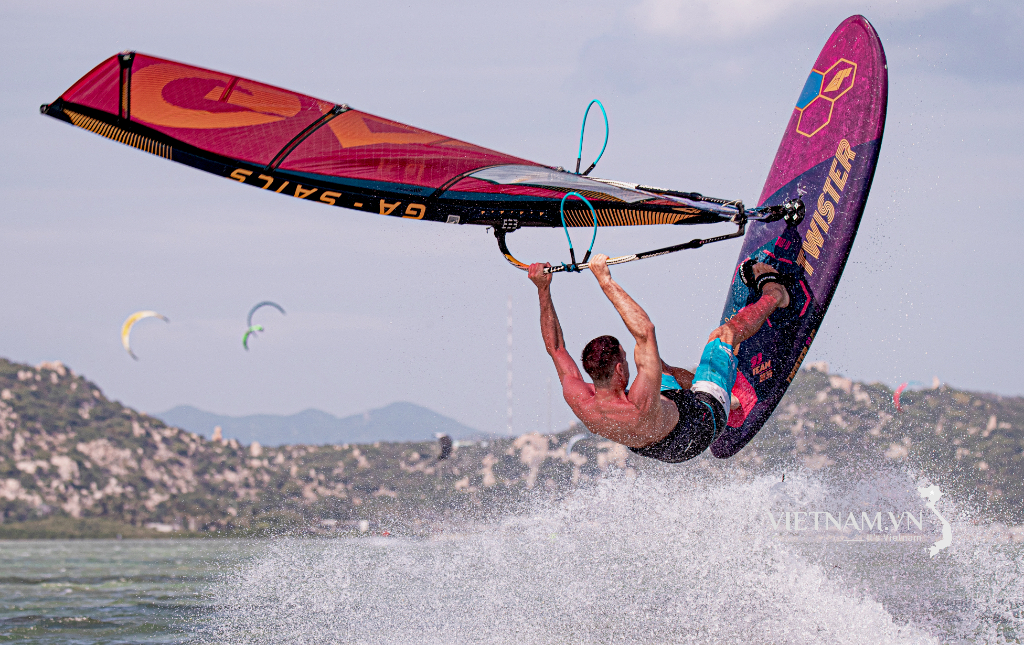


Comment (0)